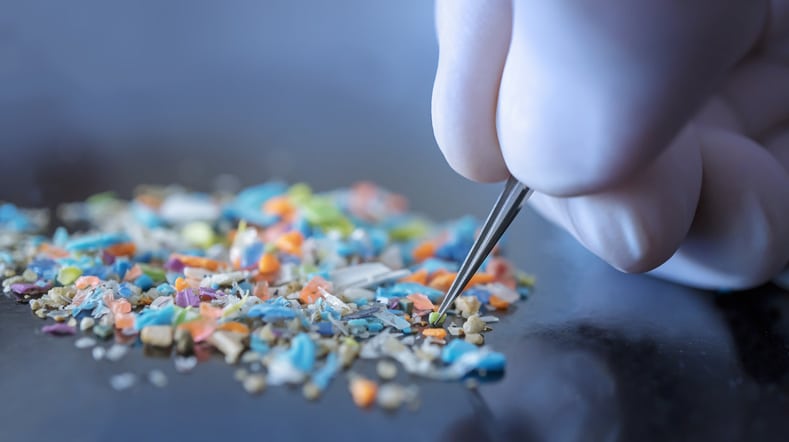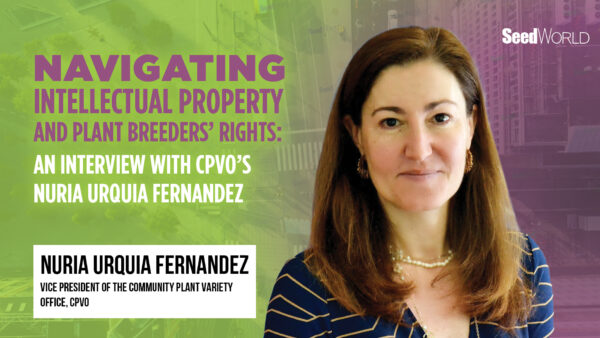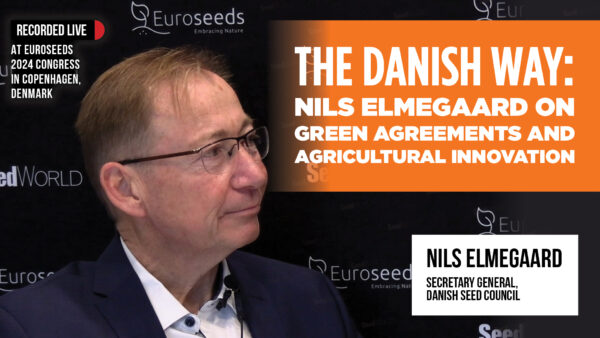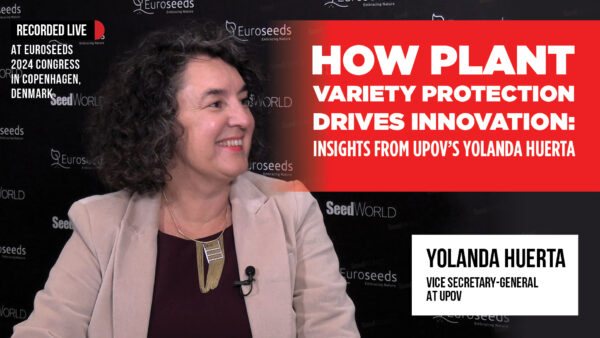In explaining the value of seed-applied technologies, one expert says it’s important to know the customer and then determine what benefits will resonate.
Today farmers have more seed and seed-applied technologies to choose from than ever before, but the stakes associated with selecting the right combination of products for their farm has also increased. At a time when commodity prices are lower than they’ve been in the past decade, farmers naturally seek to cut input costs and risk.
When tasked with sorting through the abundant array of products available and the seemingly never-ending amount of marketing information associated with these products, it’s easy for farmers to feel overwhelmed as the pressure of having a successful season mounts.
The global seed treatment market alone is projected to reach a value of $8.87 billion by 2020, according to a report published by MarketsandMarkets.com.
Step in: trusted-agricultural or agronomic advisor. You know that with the cost of seed and inputs today, it’s important to make sure each seed germinates and produces to its maximum potential.
Helping the farmer cut through the clutter to find what will work best on their farm and being able to articulate the value associated with each of those technologies throughout the chain will go a long way in earning their repeat business.
Communicate Effectively
When communicating with farmers about the value of seed-applied technologies, there are “7 Cs” to keep in mind. Be clear. Be concise. Be concrete. Be correct. Be coherent. Be complete. Be courteous.
“Communicating effectively as a salesperson isn’t just knowing the benefits of your product,” says Scott Downey, an associate professor of agricultural economics at Purdue University where he teaches courses in sales and marketing. “It’s about understanding what a customer wants.”
He explains that in the past, benefits was referred to “as something that connects to the features or facts about a product, and then those features and facts get translated into how they will help a customer.”
Downey says that remains true with one slight exception, and that is: “Historically, we’ve talked about benefits as if they connect to the product, and in reality, benefits connect to the customer and that’s a mind-set shift in how we talk about the value we create for customers.
“It’s significant because if we starting thinking about not just communicating benefits but how we communicate value and what parts of value are relevant, we quickly come to this idea that there’s no way that any one product can have a set of benefits that we talk about to everyone.”
He explains that it’s the job of the sales person to choose those aspects of a product or features of a product or service that are going to resonate with a particular customer.
To do that, one must know the marketplace in which they are working and products available, as well as the customer. What do they value? What is important to them? How do they make decisions?
Here, the focus is on the marketplace.
“There’s a lot of investment and innovation in the seed,” says Eda Reinot, BASF Seed Solutions director of research and development within the Functional Crop Care business unit. “The seed has become and continues to increase in value because of the technologies in and on the seed.”
She says seed-applied technologies are an important tool in modern agriculture and they go hand-in-hand with seed and the technology in the seed.
Reinot explains that there are five primary areas of seed-applied technologies that you should be familiar with: fungicides, insecticides, biologicals, rhizobium inoculants and functional seed-applied coatings.
“Communicating effectively as a salesperson isn’t just knowing the benefits of your product. It’s about understanding what a customer wants.”
— Scott Downey
Seed Treatments
Fungicide seed treatments protect seedlings from both seed-borne pathogens as well as soil-borne pathogens, says Emmanuel Byamukama, a South Dakota State University Extension plant pathologist. Fungicide seed treatment costs can be high; therefore, Byamukama says the decision to treat should hinge on whether the additional yield resulting from the seed fungicide treatment has the potential to offset the cost of seed treatment.
He says you should take the following into account:
• Is the crop for seed production?
• What is the field’s history of seedling disease?
• Is the crop following the same crop as the previous season?
• Is the crop being planted in a tilled or no-till field?
• What are the prevailing weather conditions?
• Time of planting.
• What is the germination rate and disease results from the lab test for the seed lot?
• How much stand reduction is acceptable?
• What are the desired plant populations per acre?
• Price of grain.
Insecticide seed treatments work to protect the seed and seedling from early-season insects.
Today, seeds are often treated with both an insecticide and fungicide.
Biologicals, according to Agricen, are a diverse group of products derived from naturally occurring microorganisms, plant extracts or other organic matter. Biologicals can be used to help protect the seed from pests and disease as well as work to stimulate plant growth.
The science behind biologicals is growing stronger each day as companies have invested billions of dollars in this sector and a new generation of products is hitting the market today.
Rhizobium inoculants serve to help plants fix nitrogen in legume crops.
Benefits
Seed treatments provide benefits with respect to health and safety, profitability, crop health and the environment. As seed treatments come under increased scrutiny, especially neonicotinoid insecticides, it’s important to talk about — both with the farmer and with those in the community — precision targeting.
“One of the advantages of treated seed is that the amount of active ingredient used is often one-tenth of what would be applied as part of a broadcast spray,” says Pierre Petelle, vice president of chemistry for CropLife Canada. “Also, the amount of the environment exposed to the active ingredient is often less than 1 percent of what is exposed in the case of a broadcast spray.”
Farmers also benefit from the use of seed treatments in the form of saving fuel, labor and equipment wear and tear.
Coatings and Polymers
Coatings help everything adhere to the seed, and companies are investing a great deal in this area, as well.
“Polymer coatings offer the ability to stick these seed treatment products to the seeds, controlling dust-off and thus reducing losses of active matter,” says Willem Fijma, business area manager with INCOTEC Field Crops Europe. “A coating can act as vehicle for several compounds, enhancing the early emergence of the germinating seeds.”
But that’s not where the role of seed coatings ends. Both Fijma and Marc Andrieux, Bayer CropScience head of SeedGrowth Technology and Services, emphasize the importance of seed coatings to ensure flowability during planting, improve seeding rates and prevent doubles or skips.
Seeds that are difficult to plant because of size and shape can be coated with multiple layers of bulking material to create a uniformly-sized seed, resulting in uniform plant establishment, Fijma explains.
But the leaders of Bayer CropScience believe that what’s put in the ground is much more than just the sum of its parts and being able to explain this is critical.
Today, the seed that’s delivered to farmers is a holistic package that helps them achieve the best results by growing healthier and stronger plants, which leads to higher yields.
Reinot says: “The innovations in each of these elements are ongoing. For the next five to 10 years, we see and expect to see more innovations in every segment of this toolbox.
“Seed-applied technologies and crop protection technologies applied to the seed help protect the seed and seedling in their most delicate, early growth stage … this is the beginning.”
“Seed-applied technologies and crop protection technologies applied to the seed help protect the seed and seedling in their most delicate, early growth stage … this is the beginning.”
— Eda Reinot
A Global Voice
Companies aren’t alone in trying to communicate the value of seed-applied technologies. The International Seed Federation’s Seed Applied Technologies Committee, known as SATCom, is comprised of experts who have been following the development of the technologies and the emergence of challenging situations worldwide. Piero Sismondo, ISF technical director, is working to communicate more about the benefits of seed-applied technologies.
Additionally, the committee is working to promote good stewardship practices, prepare technical guidelines and product tools to help inform members. Look for more tools and resources in this area from ISF in the coming years.
As retailers and so-called “boots in the field,” farmers rely on your expertise and experience to help in choosing the right products for the right acre at the right time. It’s up to you to make sure they understand the value those products deliver, in part or in whole.













